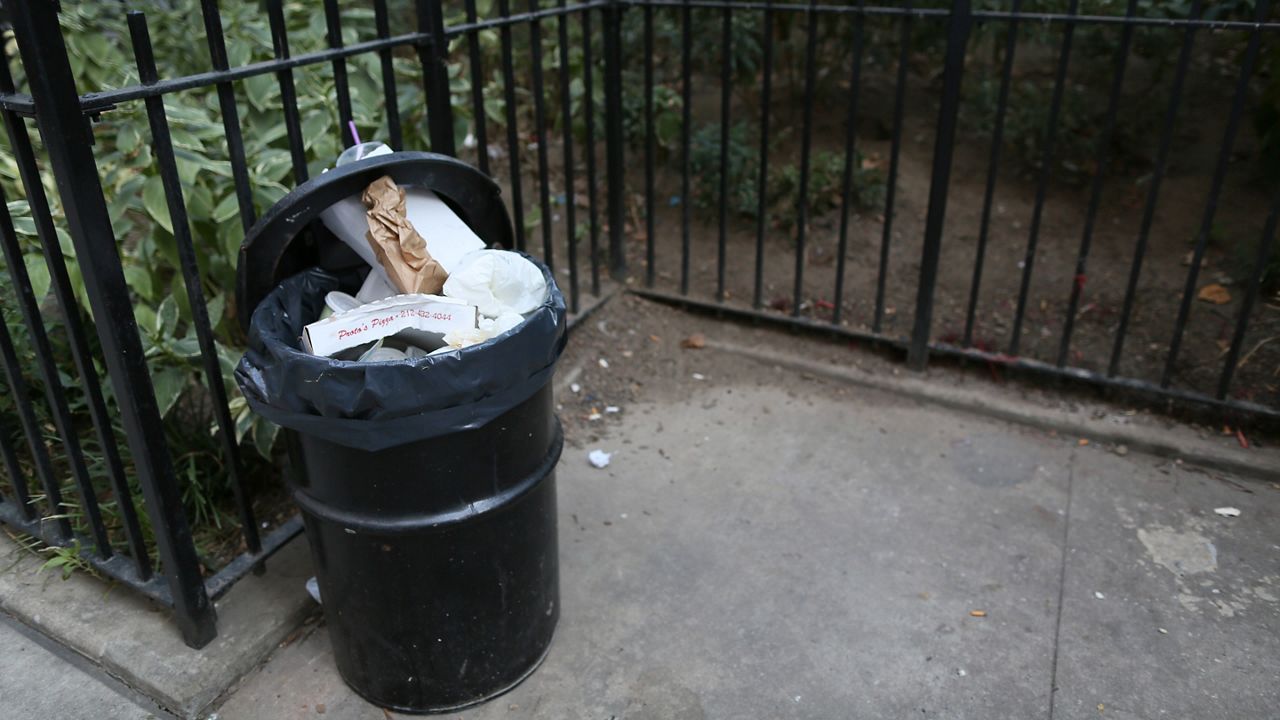Mayor Eric Adams unveiled his ambitious plan Thursday for making the city more sustainable.
The environmental blueprint, known as PlaNYC, is required by law and started under the Bloomberg administration to help the city better plan for the future.
This fifth iteration of the plan includes 32 initiatives that range from lowering carbon emission to increasing green infrastructure to bolstering coastal zones across the city’s waterfront.
What You Need To Know
- Mayor Eric Adams unveiled a plan for shifting the city toward a more sustainable and resilient future
- The plan includes a slew of initiatives, including one to help homeowners switch to solar power and another to make electrical charging stations for cars more accessible
- PlaNYC, is required every four years by law and was first started under the Bloomberg administration to help the city better prepare for a changing climate
“Will jumpstart the era of transformative change and economic growth. We’re going to reshape our relationship with energy: how we generate it, how we use it, how we store it and how we pay for it,” said Adams.
One initiative under the plan is a public solar financing program for homeowners to get federal help to finance the installation of solar panels on their rooftops.
The program is a pilot that would start with 3,000 homes over five years.
“The homeowner starts to benefit from the energy credits, the energy, without it having to come out of pocket financially,” said City Comptroller Brad Lander. “We’re excited about the model, but we can’t scale it up to all 700,000 homes without making sure it works first.”
The plan also aims to make electric vehicles more accessible by putting charging stations within 2.5 miles of every New Yorker by 2035.
Additionally, the plan launches the first low-emission zone focused on areas of the city with high truck traffic and low air quality.
“The city will study mechanisms, incentives and other methods to catalyze a shift away from polluting vehicles and commits to piloting the zone by 2027,” said Deputy Mayor of Operations, Meera Joshi.
The Adams’ administration is already working toward electrifying school buses and the city’s fleet as well as pushing rideshare companies like Uber and Lyft to go fully electric by 2030.
The plan will also work to increase the city’s green economy through education and training programs at public schools.
“The young people I work with transform their physical environment and at the same time are transformed by it,” said Tanya Gale, executive director of Green City Force.
Over the next three years, the program aims to help 1,000 students explore jobs in climate and resiliency, as well as train 1,000 educators on the booming economy.
The city is expected to have more than 230,000 green jobs by 2030.
Some of the initiatives in the plan have deadlines within the next 10 years.
The tight window raises questions about the city’s ability to shift toward sustainability and resiliency in such a short time.







